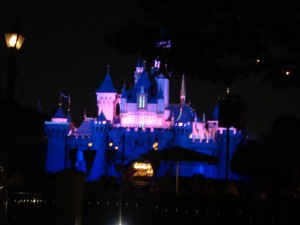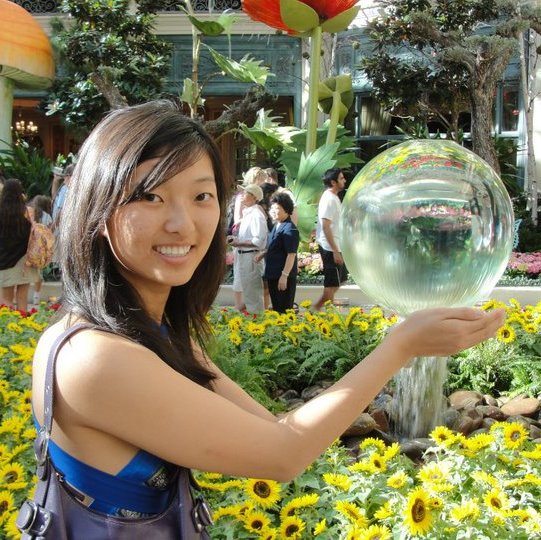Businesses should always be looking forward, spending time innovating and working to stay ahead of the curve (or create it!). So it naturally follows that they should know what their customers, aka consumers, will want (this is more focused towards actual people rather than organizations). And where are things headed? Well, wouldn’t you like to know? 😛
 Seriously though, I was actually inspired to write this by a TED video I watched where Joseph Pine that explains just that, so let me share its message (or you can just go watch it). What companies should realize is that the newest frontier in what is valued economically is authentic experiences. Not sure what I mean? Here, let me break it down for you:
Seriously though, I was actually inspired to write this by a TED video I watched where Joseph Pine that explains just that, so let me share its message (or you can just go watch it). What companies should realize is that the newest frontier in what is valued economically is authentic experiences. Not sure what I mean? Here, let me break it down for you:
- First there were commodities. They were extracted from the planet and traded. The key was to supply availability.
- Second there were goods. They took commodities and made something from them. The key was to control cost.
- Third there were services. They concentrated on how they delivered the goods (and included plenty of customization). The key was to improve quality.
- Now there are experiences. They take services and stage them in such a way that you go for the entire package (customization of the service). The key is to render authenticity.

photo credit: thedish.freedomblogging.com
Sprinkles has been a great example of a company that provides an experience. Sure, people love the cupcakes for their novelty and such, but so many of them go to the store and line up for the entire experience, from the line itself to the door that must be kept shut to keep freshness in to the way they display the cupcakes. I believe Kogi Korean BBQ operates similarly. People love the entire experience of tracking down the trucks and standing in lines to order from this little mobile restaurant.
Let’s not forget other classics as well, like Disneyland, where it’s the fantasyland that has been created for you that is such a big draw. People like to go there and experience other worlds, go on the rides, walk down Main Street, and meet the characters. Similarly, Vegas is THE experience city of the world. You go there to get immersed in everything it has to offer, from the gambling to the shows to the endless buffets. Oh, and let’s not forget those shady people flicking cards of naked women at you (though I’m sure that’s not what you go for).
An interesting point brought up in this video is that all experiences are authentic. Because to anyone experiencing it, it is real and it affects them. So really, “authentic experience” is a bit redundant. Yet on the other side of the coin, since businesses are man made, they are not “authentic” and thereby can’t supply “authentic” experiences. So what it really comes down to is making the consumer perceive it as authentic.
Now authenticity comes in two forms: being true to yourself and being true to what you represent yourself to be. Pine provides a nice little matrix here showing the four possibilities:
- Real Real: is what it says it is and is true to itself.
- Fake Fake: is not what it says it is and is not true to itself.
- Real Fake: is what it says it is but is not true to itself.
- Fake Real: is not what it says it is but is true to itself.

At night, you can immerse yourself in the stories they tell with the fireworks show.
Disneyland, for example, is a Fake Real because it is not what it says it is (a magic kingdom), but it is true to itself (sticks to company values). One important thing that businesses can lose track of is its identity, which then makes it impossible to stay true to themselves if they don’t even know what they are. So on this end, I think it’s important to have values, missions, and goals that everyone knows about so the staff know what is expected and the consumers know what to expect. Once that is identified, it really shapes the culture of the company, so then it’s just about staying in touch with what that means for all future endeavors.
So, the newest thing is to not only provide a good or service, but to package up the entire process of getting it into a desirable entity. This could be anything from the ambiance created from decorations and uniforms/costumes to the unique experience itself (like studying at Starbucks or the do-it-yourself style of Build-A-Bear). It’s the difference between a nail salon and a spa, where the former is more focused on providing the service (though some places add to the experience with massage chairs and drink services) and the latter is about the entire experience, where everything is designed to make you feel more relaxed and pampered.
I hope I’m not the only one who finds this interesting!


June 27, 2009 11:54 pm
innnnnteresting. hmmm.
June 29, 2009 12:30 am
Haha, recognize the Disney castle picture? I miss O-staffing.